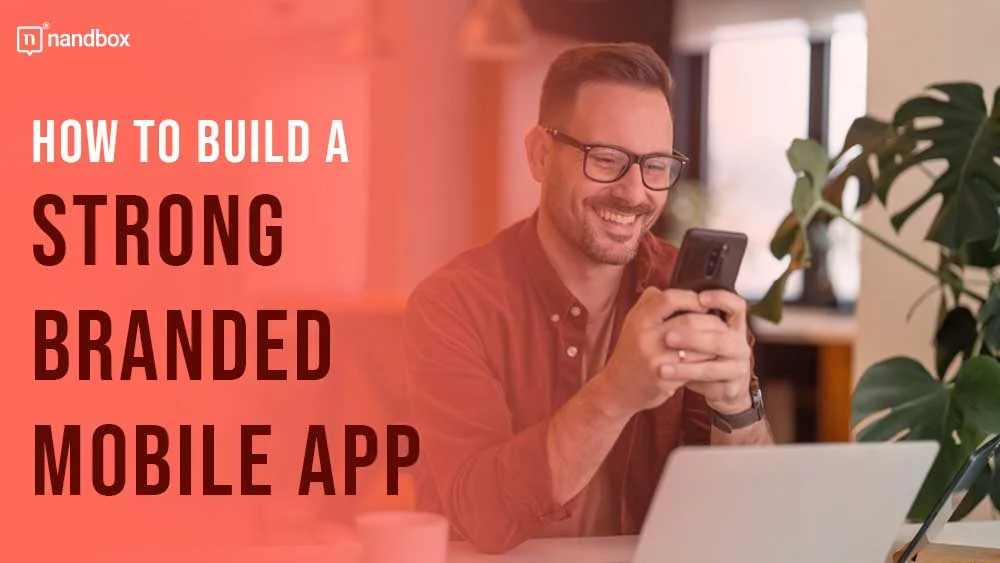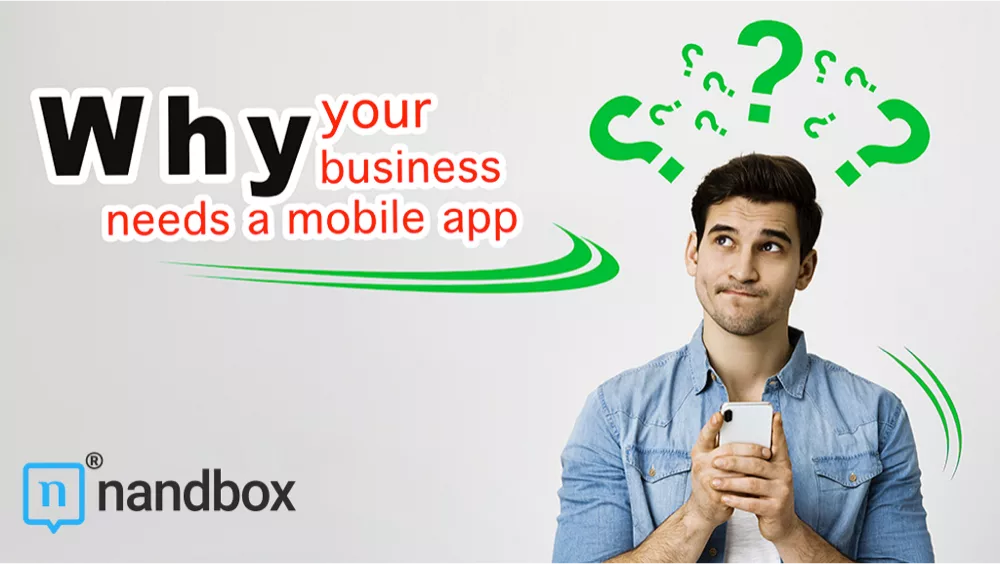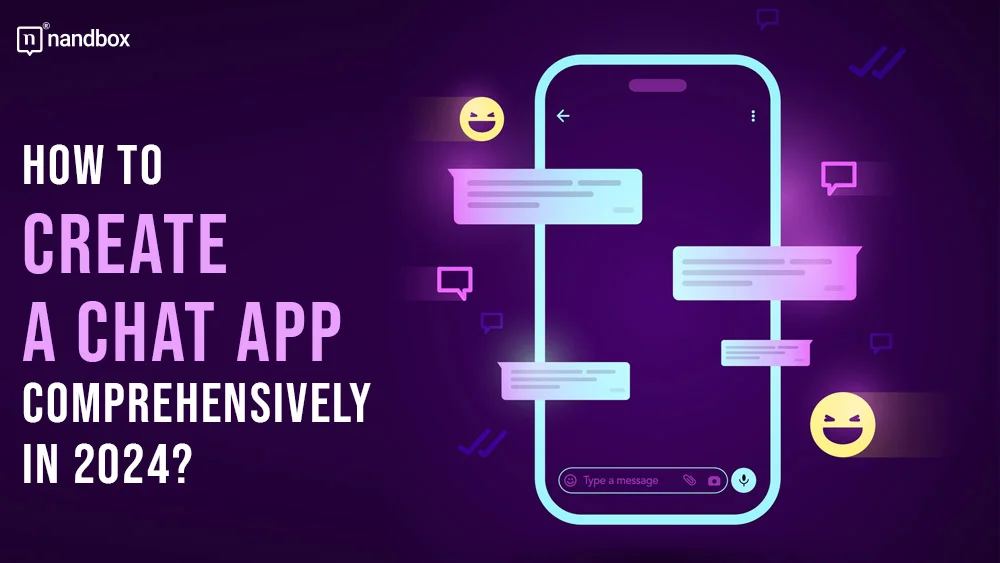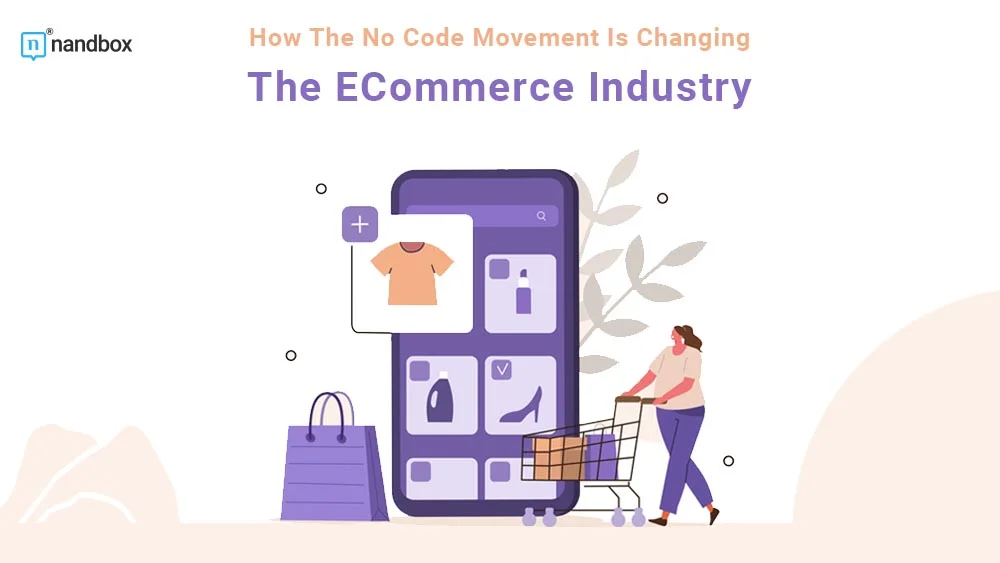A branded mobile app involves creating a distinct identity that connects with your target audience and differentiates your app from competitors. It includes your app’s visual design and voice, as well as its user experience and marketing strategies. A strong branding strategy builds trust and loyalty, which in the long term will be crucial for the success of your brand.
In this article, you’ll learn how to build a strong branded mobile app. You’ll learn how to improve its visibility and the importance of creating a user-friendly identity that resonates with your target audience.
Let’s dive in!
1. Define a Unique Value Proposition (UVP)
Your Unique Value Proposition (UVP) describes the value your mobile app gives to users. As part of your branded mobile app strategy, you’ll need to highlight your UVP throughout your promotional materials. Identifying your target demographic is the first step toward creating a UVP for your mobile app. You need to understand their needs, preferences, and behaviors. This will enable you to adapt your app’s features and benefits specifically to this group, assuring maximum relevance and appeal. Once you’ve identified your target demographic, you can highlight your app’s special characteristics. These are the features that distinguish your app from competitors and will serve as key selling points. For instance, if your app serves businesses in the logistics sector, you could highlight features like real-time inventory tracking or automated supply chain management.
Incorporating B2B sales techniques, such as solution selling and account-based marketing, could further enhance how these features are presented to prospective business clients, ensuring they understand the unique benefits tailored to their specific needs. For companies focusing on customer relations, functionalities such as integrated CRM systems or AI-enhanced customer insights could be important. These features ensure that your app for business users meets specific niche needs and stands out as a valuable tool in the business market.
2. Create a Memorable Visual Identity
An original and eye-catching logo and app icons are essential parts of your mobile app’s visual identity. These elements are often the first interaction consumers have with your app, so generating a lasting impression is critical. Your logo and imagery communicate the spirit of your app to customers. They need to captivate attention and promote downloads. It’s crucial for these elements to be visually attractive and match the overall branding and purpose of your app.
The color scheme and fonts you select should communicate your brand’s ethos. This applies whether we talk about B2C or B2B strategies in marketing. So, when choosing colors, consider a palette that reflects your brand’s emotional tone and values. For instance, blue conveys trust and dependability, whilst green typically symbolizes growth and health.
Moreover, typography should improve readability and contribute to the app’s aesthetic appeal. Use simple fonts for a more clean and modern look, and more detailed fonts if your brand is more traditional. With consistent elements, not just across your app but also across your marketing materials, you’ll be able to maintain a unified brand image that people recognize and remember. Additionally, your app’s User Interface (UI) design is key. An appealing UI that includes your brand’s visual components can help increase user engagement and reinforce your brand identity.
3. Develop a Strong Brand Voice and Personality
Your brand voice is an important part of how your app interacts with its users. It should reflect the personality you want to convey. If you don’t know how to determine those, you can always just go back to your app’s mission and vision. Then come up with keywords and phrases that best describe your application. What is the image you want to convey? With this strategy, it should be easy to determine who you are as an app and how you want to communicate that identity.
You can also look at your direct competitors for inspiration. What’s their own brand personality? How do they speak to users? If their strategy works, then use it as your model to come up with an even better brand voice and personality. Just find a strong and distinct personality and voice. These can set your app apart from competitors and help you develop a stronger connection with the individual users. Once you’ve made your choice, you’ll need to stick to them throughout. Consistency is key to reinforcing your app’s identity and ensuring your audience remembers your brand.
4. Focus on User Experience (UX)
Of course all the good things you say and show about your app won’t mean anything to users if it doesn’t work as expected. So, to ensure a strong mobile app brand that is remembered, you also need to focus on creating a successful mobile application. In other words, a user-centric design that also ensures intuitive navigation and a user-friendly interface is key. It helps enhance the user experience.
Moreover, continuous improvement is vital to ensuring an excellent user experience. Don’t wait for users to leave feedback. Be proactive and ask for their opinions. Perhaps, you’ll find areas of your app that need to be improved or new additions that could boost usefulness. This focus on improving your app based on user feedback indicates your commitment to your audience and can lead to higher loyalty and customer retention. Providing reliable customer service is also critical. It doesn’t just help ensure user issues are resolved. Quick and effective support also demonstrates to customers that the brand values their experience and happiness.
5. Leverage Marketing and Partnerships
You’ll need to promote your mobile app brand to your target audience. Your UVP, visual identity, brand voice and personality should be consistent throughout your promotional materials. Consider incorporating storytelling into your app promotional campaigns as well. When you include storytelling components in your materials, you can make your messaging more effective. As a result, your target audience will easily remember that mobile app brand identity you’re trying to convey.
Here are some ways to incorporate storytelling components into your promotion:
- Origin Story: Tell the story of how your company got started or how the app idea was developed.
- Customer Success Stories: Include testimonials and stories from real customers who have benefited from your app.
- Behind-the-Scenes Insights: Share behind-the-scenes details on your app’s development process, such as problems encountered and milestones met.
If you don’t know what brand stories to tell, you can leverage good PR services. These specialists can come up with compelling storylines you can use to effectively promote your app. They can also promote these stories for you to be picked up by the media. With the wider media exposure, you can further reinforce your branded mobile app. Social media is another dynamic channel for reinforcing your brand identity and storytelling elements. Apart from creating social media posts, you can engage in real-time interactions with potential target users as part of your promotional activities. Regular and meaningful involvement on these platforms can boost your app’s visibility and reputation.
You can also leverage other types of content marketing, apart from social media:
- Create a series of informative blog posts relevant to your app’s focus.
- Send out a monthly newsletter highlighting new features, upcoming events, user testimonials, and exclusive content to keep users informed and engaged.
- Partner with content marketing agencies to distribute content related to your app and services across top industry publications
- Work on website video content that complements your app.
With these marketing efforts, you won’t just effectively promote your branded mobile app. You’ll help enhance it, too. After all, you essentially boost your app’s credibility as a source of information by giving users helpful insights. Another important strategy is influencer and partnership marketing. These techniques are effective for increasing your brand’s reach and trust.
Statistics show that 82% of brands say they get better quality leads from influencer marketing campaigns, which proves its effectiveness. Collaborating with influencers who are relevant to your target audience can increase exposure, accelerate acceptance of your app, and help reinforce your brand identity. Meanwhile, building strategic collaborations with other businesses can offer up new channels for promotion and user acquisition, allowing each partner to benefit from their own strengths and consumer bases. The result is that more people get to know about your app and your brand image.
As a final tip, remember, consistent messaging across all the channels you choose is critical to reinforcing your brand. Every touchpoint with your app—from the landing page to social media posts—should send a unified message that reflects your brand’s values. With a strong mobile app brand as a result, you can build a strong, trustworthy relationship with customers, and enjoy higher retention rates and brand loyalty.
In Closing
The value of mobile app branding cannot be ignored. A well-executed strategy doesn’t just help you increase your app’s visibility. It helps you build an image of your app that resonates with your target audience and is remembered. The result? A strong relationship with your current and potential app users, which is critical for long-term success.
So, start by defining your unique value proposition. Create a memorable visual identity and develop a strong brand voice and personality. Of course, you should also focus on the user experience. Then promote your brand values and app via marketing strategies and partnerships. Once you create a strong mobile app brand, you can easily build trust and credibility with your users. Coupled with the implementation of other app growth strategies, you’ll see your application soar to greater heights.
Author Bio
David Pagotto is the Founder and Managing Director of SIXGUN, a digital marketing agency based in Melbourne. He has been involved in digital marketing for over 10 years, helping organizations get more customers, more reach, and more impact.






